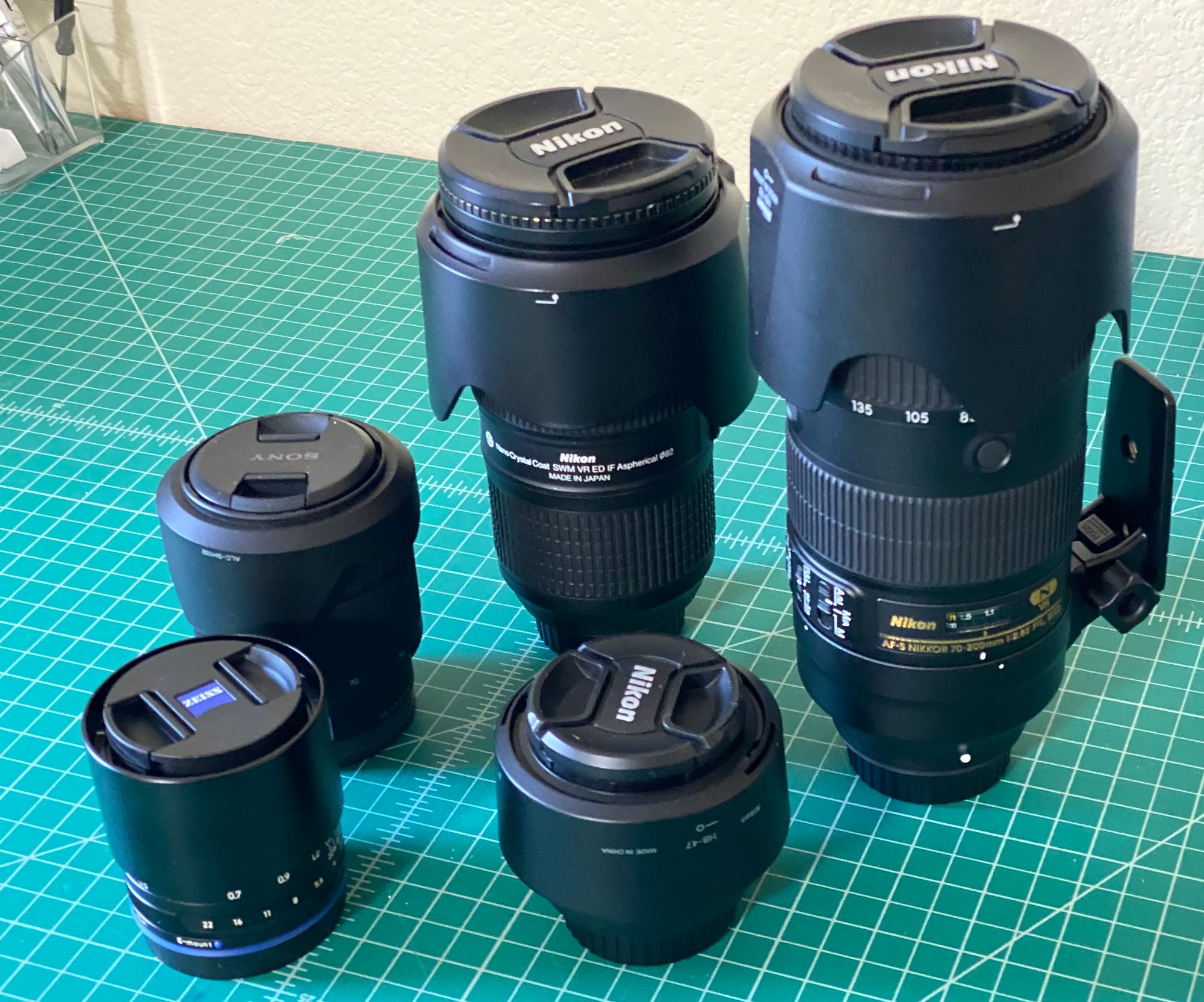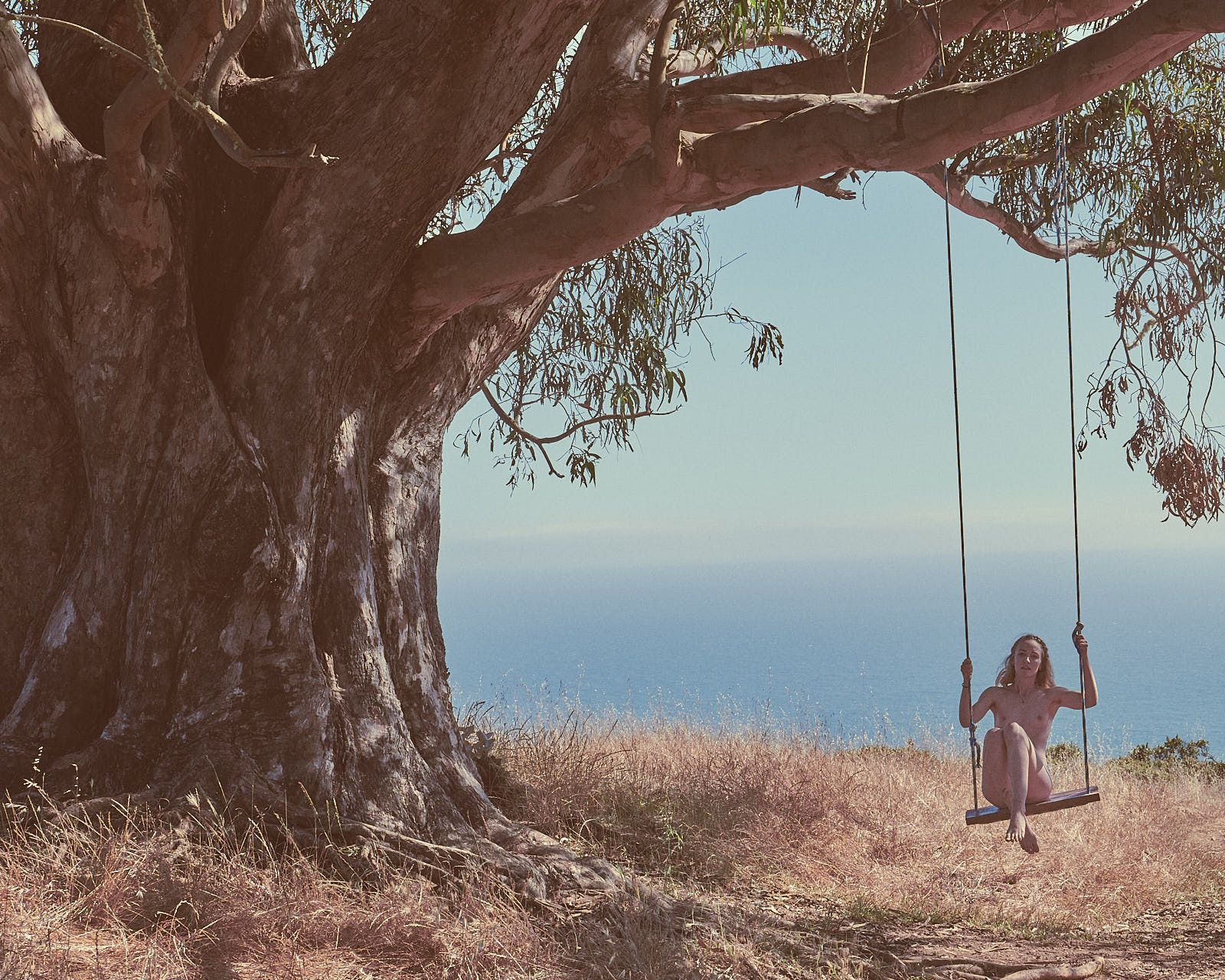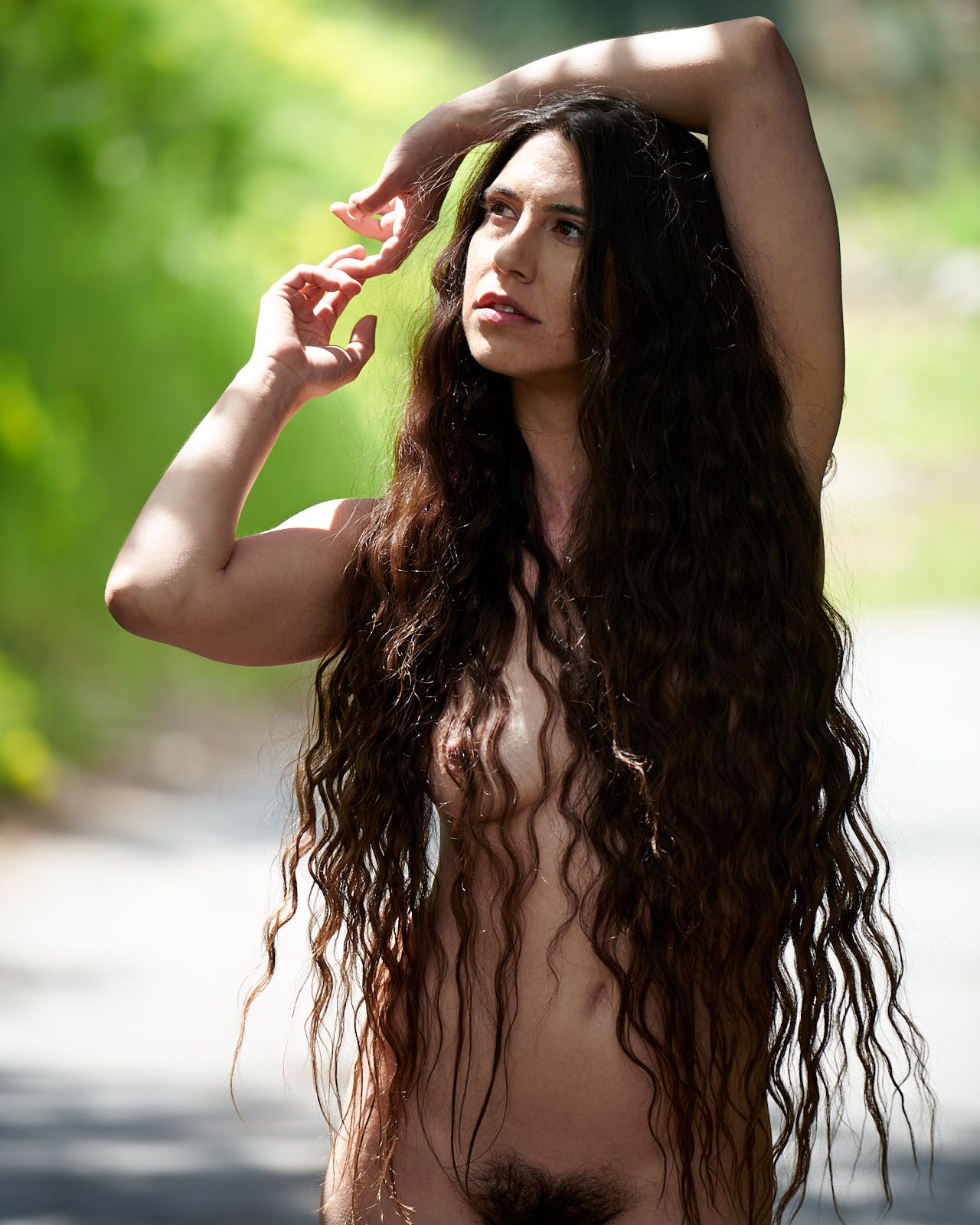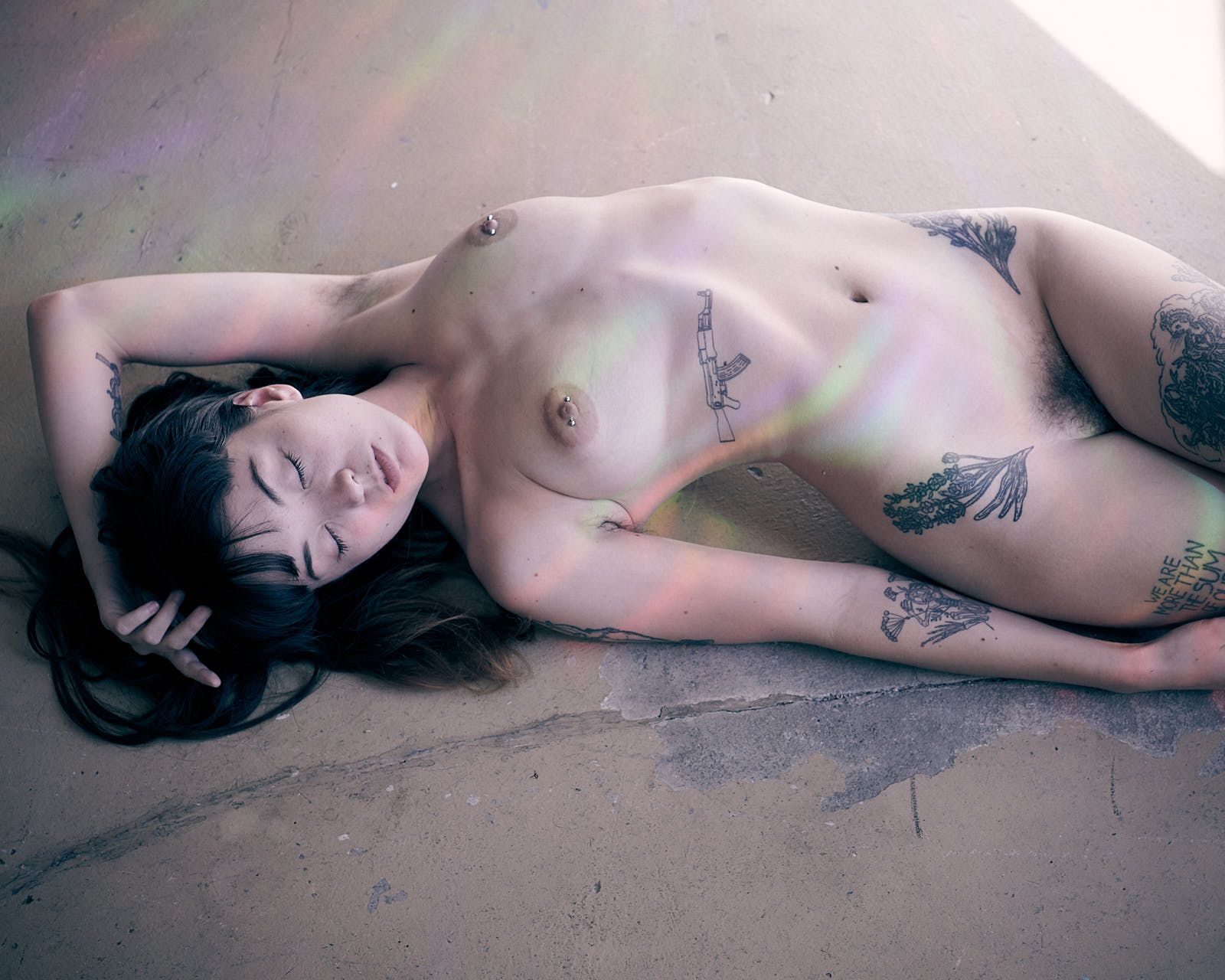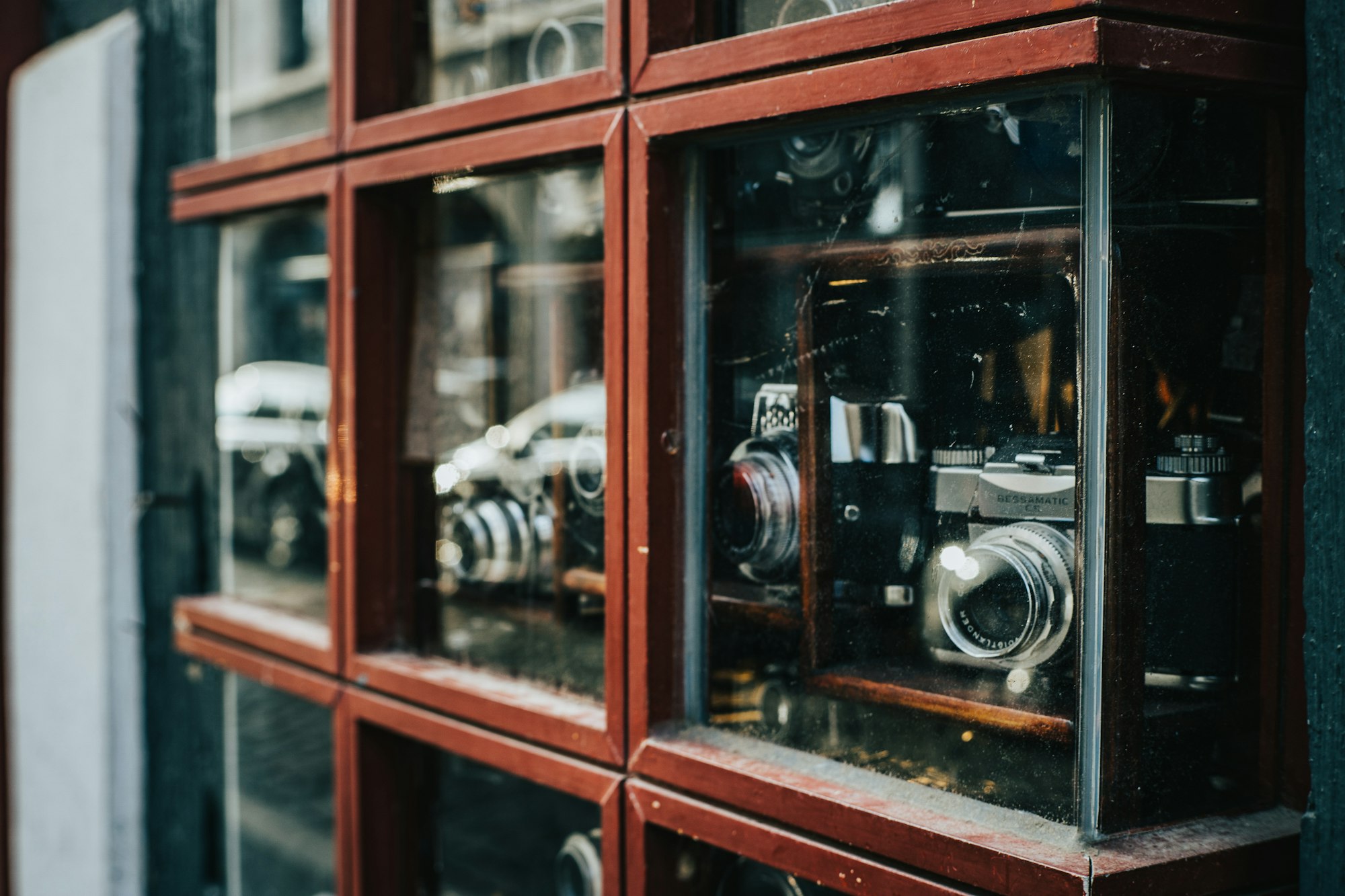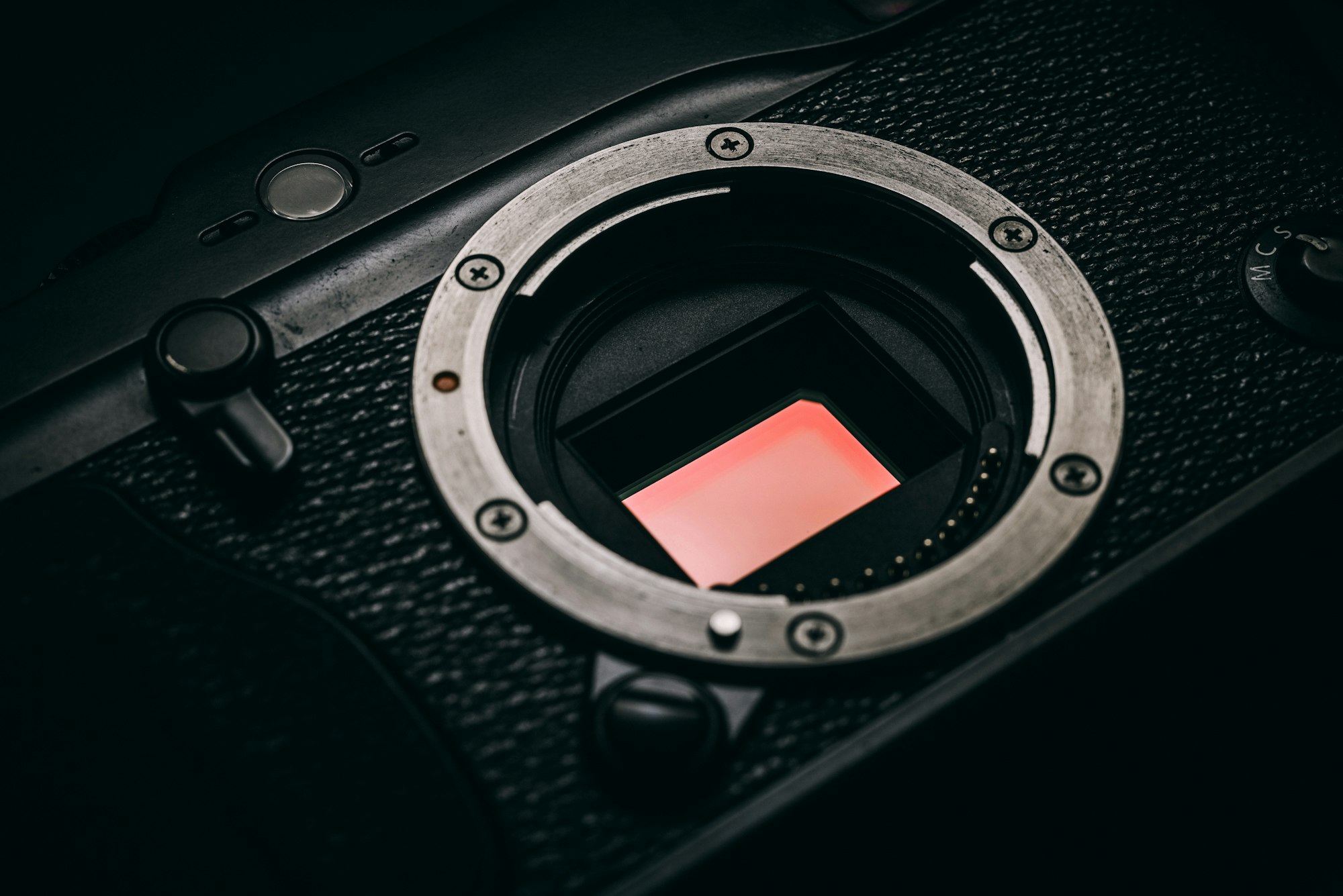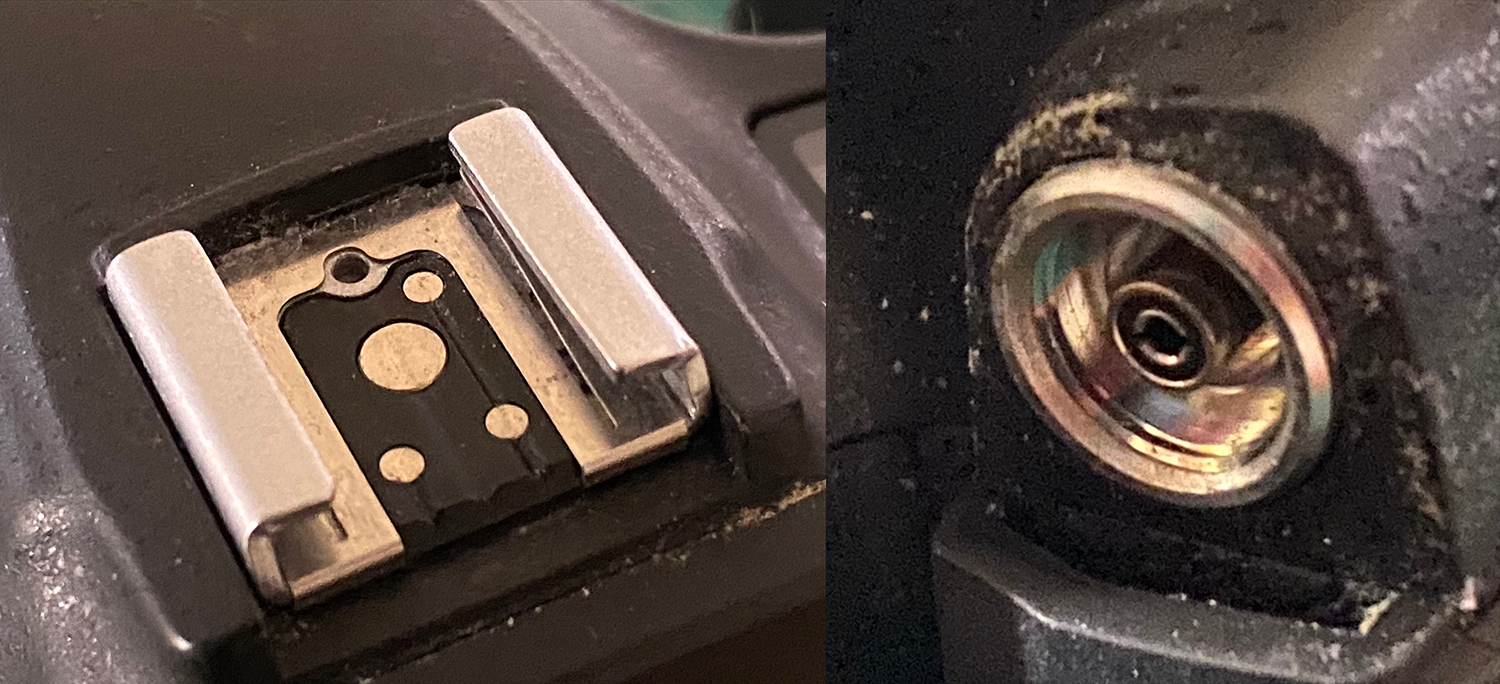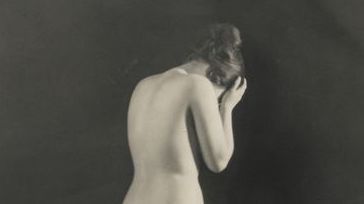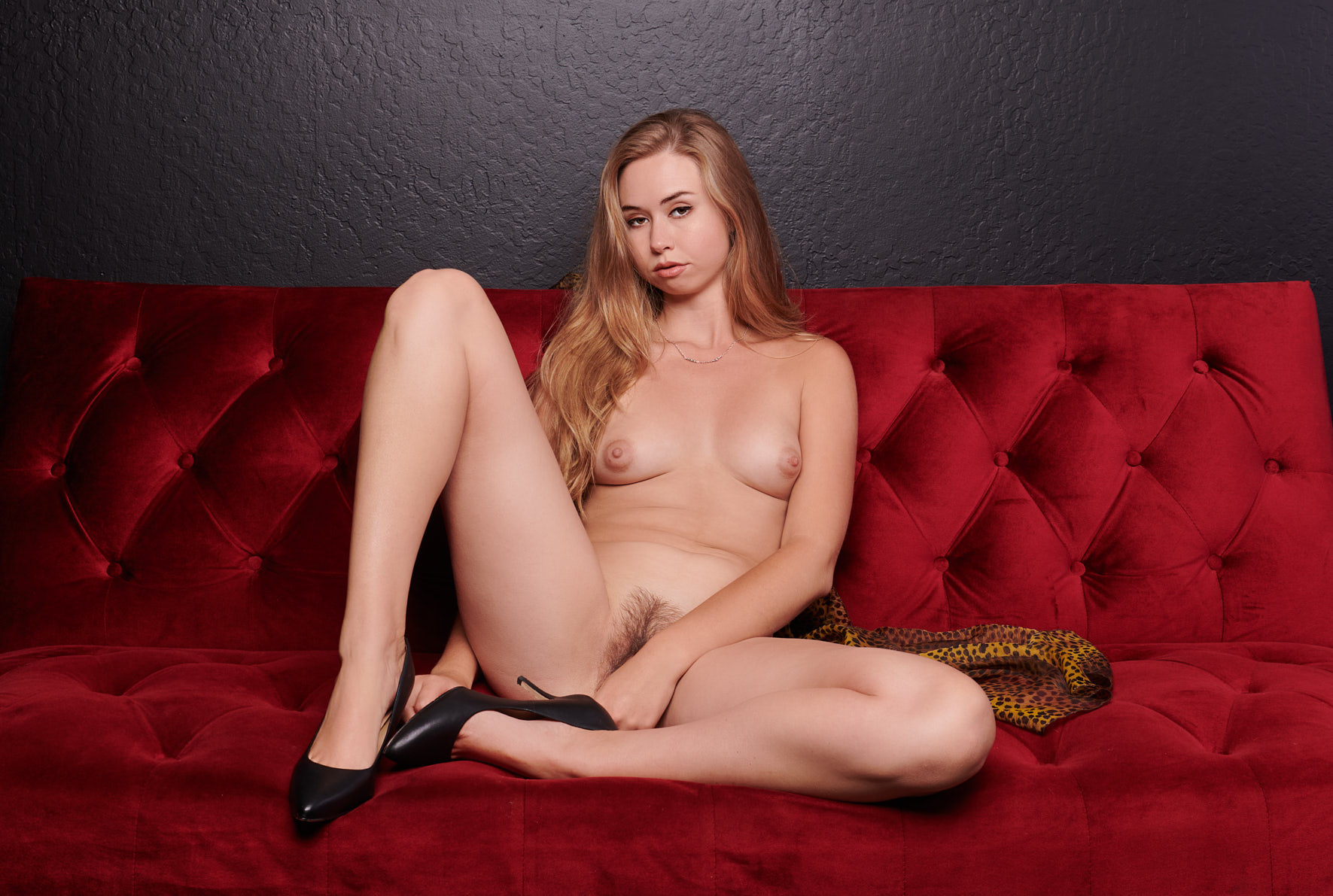
In my original outline for this series of posts, I had intended to dive right into talking about light and lighting equipment and then finding models. After some recent conversations with some other photographers, I realized there’s another subject I want to tackle first, which are some of the the mental challenges around doing creative photography.
Anyone Can Shoot
Photography is at an interesting place right now. For most of the time that it has existed, there has been a huge difference in quality between the pictures that a professional photographer could take, and what most people using consumer equipment could take. The combination of knowledge and experience combined with much more sophisticated equipment meant there was a huge value in hiring a professional for most types of photography. Film was far less forgiving than modern digital cameras, and there was plenty of work for photographers with some domain knowledge, good equipment, and a decent eye.
It’s actually still true that there’s a difference in quality between the images an experienced photographer with professional gear can produce and the images an amateur using consumer gear can create, but it’s far less of a difference than it once was. That, combined with the just massive amount of pictures being taken and posted to social media has led to a de-valuing of technical photography skills. And that’s not actually a bad thing, unless you want to gatekeep. Also, please don’t.
Our reality today is that anyone with a relatively recent mobile phone can capture good quality images (and movies), and they can do it by just taking their phone out, pointing it at something, and tapping a button. The most sophisticated phones even give good results in ridiculously bad lighting situations that would have been virtually impossible to shoot in the film days, and even the editing tools on phones have gotten fairly sophisticated. The built-in editing tools on today’s phones can do a lot more than early version of Photoshop could.
Are the photographs taken today by an experienced photographer with professional gear better than a phone shot of the same thing taken by an amateur? Most of the time, probably. But for many people, for many types of photographs, they won’t be enough better to justify the expense of hiring a photographer. As sensor technology and computational photography algorithms continue to get better, the difference will only shrink.
That means, as a photographer, technical skills are less valuable than they’ve ever been, and if you want to establish yourself, you need to focus on more than that. Nobody cares if you know what the inverse square property of light is or how an ƒ-stop is calculated. They care that your pictures stand out.
That doesn’t mean you shouldn’t learn the technical skills. It just means that they’re no longer enough. Honestly, some of the most memorable and exciting pictures I’ve seen recently, were created by people who probably have far less technical knowledge about photography than I do, but they know enough to create their vision and in doing so, they produce images that stand out from the constant stream of photos that barrage us on social media.
Gauging Improvement
With many types of art, it’s easy to see when you’re making progress. You can look at a recent piece you’ve created and compare it to one you created in the past, and see your progress. Because computers today remove so much of the mental overhead of getting a properly exposed image, even brand new photographer can get really great photos. The difference between an experienced photographer and an amateur one isn’t so much the quality of any individual photograph as it is their consistency and the percentage of their shots that are good.
Even in my earliest shoots — some of which, I readily admit were not great — there are good shots. My more recent shoots have a much higher percentage of good shots and the good shots are overall better. But… comparing the best shot from a shoot five years ago to the best shot from my most recent shoot doesn’t give a true measure of my improvement over the years. When I look at all the raw images from both shoots, it becomes much clearer to me that I actually have made tremendous progress. That’s easy to miss that when you’re only looking at individual photos.
Subjectivity
The technical aspects of photography are fairly easy to judge. Even an inexperienced eye can see when a photo is not properly exposed, has a color cast, or is out of focus. The problem is, sometimes technical aspects need to take a back seat to what you’re trying to achieve. You might, for example, miss focus or overexpose intentionally to say something, or color grade to evoke a specific emotional response. You also might do one of those things just because you think it looks good, without any particular reason or justification.
And then there’s what Bob Ross called the “happy accidents” – where you got something wrong unintentionally, but it looks good or better communicates what you were trying to say than it would have without that mistake. Nobody else knows it wasn’t intentional, but you sure do, and that will color your opinion of it.
This inherent subjectivity can make it hard to be confident in your work, but without confidence, it’s easy to lose motivation and without motivation, you’ll shoot less and improve more slowly.
Time
One of the oddest phenomena when it comes to judging your own work is that your perception of it changes over time. There are two basic reasons for this:
- As you shoot and edit more images, your eye improves, and you become a harsher critic of your own work. Often, your eye improves faster than your skill as a photographer, which can make it feel like you’re not improving, or even getting worse, at times.
- As more time passes, your memories of the actual shoot and your interactions with the model fade, and they color your perception of the images less, meaning you’re able to view them more objectively.
I’m always excited to share images after a shoot and often post at least one image the day of the shoot. But honestly, one of the best things I do (sometimes) is to sit on the images for a while. I feel like my judgment becomes clearer after some time has passed, and I’m better able to evaluate whether the images are good or not.
Imposter Syndrome
In software development and other similar technical disciplines, you’ll often hear about something called “imposter syndrome”, which is where someone doubts their own ability or even feels like a fraud because they perceive that others around them are better, smarter, and struggle less than they do with the complex tasks those jobs require. It’s usually not true, but it is something a lot of people feel when working in those fields.
In all honesty, I’ve struggled more with imposter syndrome with my photography than I have with technical disciplines because of the inherent subjectivity. There are no benchmarks or tests you can run to tell you that an image is good. Often the images I like the best are less popular on social media than ones I think are only so-so. When somebody says something nice about one of my images, I sometimes have trouble accepting that it’s offered sincerely because I often feel like my images don’t live up to their compliment.
Staying Motivated
Given how hard it is to judge your work, how do you stay motivated when you start doubting yourself? First of all, some amount of self-doubt and self-criticism is valuable. You need to learn to see things in your images that can be improved if you’re going to improve as photographer. Overconfidence and arrogance can be just as big of a problem as being too hard on yourself. There’s no silver bullet here, but there are some things you can do when you start doubting yourself.
Avoid Black and White Thinking
First, realize that something can be good — even great — yet still have room for improvement. Just because your composition can be improved, doesn’t mean you composed the image badly. Just because your lighting can be improved, doesn’t mean your lighting is bad. This is true for all aspects of photography.
If you can’t get out of the trap of thinking that your images are either great, or else they’re trash, you’re really going to struggle. You need to embrace the fact that not only is image quality a spectrum, it’s a different spectrum for each viewer. Almost nobody will judge your image the same way you do. Nobody else knows what went into creating it. Nobody else knows the challenges you faced. Nobody else knows what you were trying to say unless you tell them, and often you won’t have a chance to tell them (and they might not listen even if you do).
Do it Because You Enjoy it
With any creative pursuit, if you don’t love the act of creation, it will significantly limit your ability to improve. You need to love photography, not the idea of being a photographer or the adoration of followers. If there’s any one factor I could point to that can predict whether somebody will become a really good photographer, it’s whether they love planning shoots, shooting, and editing their images more than they love the serotonin hit from getting likes and compliments on social media.
I know this one seems obvious, but it requires some serious self-honesty. Kudos and compliments from others are nice, but they’re not going to be enough to stay motivated if you don’t truly love both the creative process and the images you create. With model photography, that also means you need to love interacting with your models.
And by “interacting”, I don’t mean “being in the same room as them when they’re naked”. Who doesn’t enjoy being in a room with a naked person they find attractive? I certainly do. But, if that’s the primary (or only) thing you love about photography, you’re destined for mediocrity. At best, and there are better, cheaper ways to do that.
Honestly, one of my biggest red flags when it comes to other photographers (and I see it more often than I’d like), is when I hear photographer’s bad-mouth models, or make comments like “you know how models are”. I do know how models are. They’re creative, interesting, amazing, often unconventional people who enrich my life. They’re a large part of why I keep doing this. They’re people who enable what I do and contribute to the creative process. They’re also individuals with feelings and other stresses and priorities in their lives besides shooting with me. Don’t stereotype the models you work with. View them as fully-fledged individuals. Treat them as equals in the creative process. Interact with them respectfully, and think hard before you say anything negative about a model to another model or another photographer.
Find Your People
As you develop a following on social media, it’s likely that most people you’re reaching after a while won’t be photographers and models. This is especially true if you’re shooting nude or erotic images. Followers are awesome, but you also need to surround yourself with photographers, models, and other types of creative people, preferably ones who encourage you and help you get better. Those are the people who understand your struggles. Those are the people who can help you when you’re stuck or who can offer a second opinion when you don’t trust your own.
On the other side of that, you should also give back by being that positive peer that helps other photographers — especially less experienced ones — reach their potential. Think about criticism before you say it. Don’t only focus on the negative. Phrase things so they don’t sound like an insult. Help others see the good things in their work as well as the things that can be improved. Encourage them and like their posts even if you see obvious problems with them, because at some point, those problems might not have been obvious to you.
Offer criticism using private channels if you can, and only if you know they want it. Offer compliments on public channels. Help people feel good about what they’re doing, because nobody benefits when we chase people away from the things we love. Many of us have a tendency to view everything as a competition, but you shouldn’t treat photography or other creative pursuits that way. Another photographer can be amazing and that’s completely orthogonal to your abilities. You can both be great and you can both help each other be better if you’re not focused on being “better” than them.
If you can find an in-person meetup group to join or find some local photographers to hang out with occasionally, consider doing it. Having peers both in real life and online can be tremendously helpful.
Ignore the Hate
For all the good things about social media, there are downsides to it. One of those, is that there are people who seem to get off from insulting or hating other people’s creative output. I’ve never understood why people do this, but it’s an undeniable fact of the internet. It even has a name: the online disinhibition effect, also known as the Greater Internet Fuckwad Theory.
As soon as your following on a social media platform goes much beyond your friends, family, and peers, you will inevitably get negative comments from these internet fuckwads. Rarely, these comments are useful critiques just phrased badly or insensitively, but more often than not, they’re made only to put you down and make the fuckwad feel better about themselves.
You will be tempted to respond to defend yourself and to “set the record straight”. That’s usually the worst possible idea. The more you interact with a troll, the more engagement you create, and the more people who will see their negative comments. Doing so also gives them a chance to make more disparaging comments as they respond to your comments. Those type of people almost will almost always try and get the last word in, creating a downward spiral for you.
Arguing with someone who’s not arguing in good faith is always a bad idea. Delete the comment, block the follower, and move on with your life. Spend your online time interacting with people who value you and your work, not with those who delight in knocking you down.
I’m making this sound easy. It most certainly is not. There are few feelings worse than somebody delightfully shitting on something you invested time, energy, and passion into creating. The most effective troll comments feel like a gut punch and it’s hard not to let them get to you.
Conclusion
As I stated near the beginning of the article, there are no silver bullets. The human brain is complex and not alway as rational as we like to think. You will doubt yourself. Others may too. You will get frustrated. You might, at times, convince yourself that you’re not good. You will, at least, feel like you’re not getting better fast enough sometimes.
Try and remind yourself that it’s a process, and remember that you enjoy the process. Creating is what’s important. The output is a bonus. Take breaks if you need to. If you get overwhelmed, get offline and put your camera away for a week. You won’t forget anything in that time, and the internet won’t forget you.
And don’t expect too much of yourself. Really finding your creative voice and mastering the technical skills of photography both take time.
